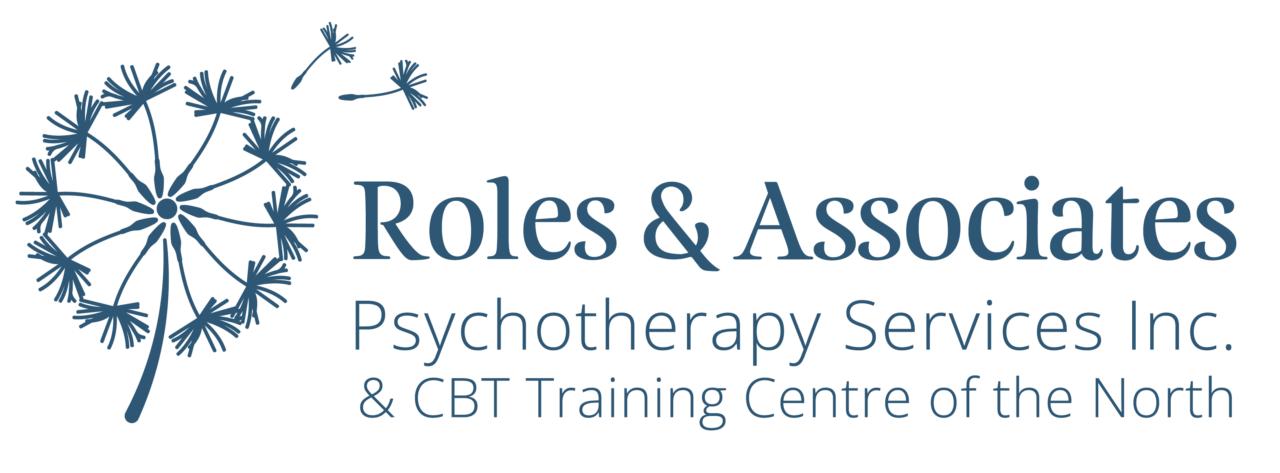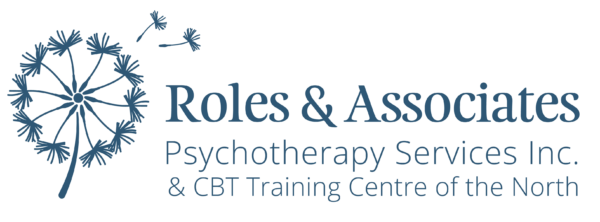What is Trauma?
Trauma symptoms are the brain’s natural response to experiencing a distressing event. The consequences of trauma can affect the mind, body, and spirit, and influence all aspects of behavioural functioning and psychological response. The whole person is wounded by trauma, and individuals may experience post-traumatic physical reactions, emotions, perceptions, and mental attributions about the trauma experience that caused their injuries. It does not matter if the traumatic experience actually resulted in physical injury, although many do, however it is the belief that injury or death is coming that is significant. After trauma, the brain can easily be triggered by sensory input, and we may begin to read normal circumstances as dangerous.
While most people recover from these initial symptoms naturally, those who continue to experience problems after a prolonged period of time may be experiencing post-traumatic stress disorder (PTSD).

What is PTSD?
PTSD can disrupt your whole life, including relationships, health, work, and your enjoyment of everyday activities. Some influences that may contribute to an increased risk of developing PTSD are biological factors, psychological factors, and social factors. These factors may include genetics and a family history of mental health conditions, an individual's response to stress with those who experience negative emotions in response to a stressor being at greater risk, and a person’s family life and community experiences. PTSD can be more common in those with previous experience of traumatic events and/or those who may lack support to help them cope.
The symptoms of PTSD vary between each person and the traumatic stress that they have been through. Many people will often develop hypervigilance, an elevated state of constantly assessing potential threats around them, and develop avoidance behaviours. This means staying away from anything that reminds them of the traumatic event so that they will not find themselves feeling as though they are re-experiencing it.
PTSD symptoms are generally grouped into four types:
- Intrusive memories
- Avoidance
- Negative changes in thinking and mood
- Changes in physical and emotional reactions
Symptoms can vary over time and can be different for each person. While it is not unusual to experience these common symptoms in the few weeks after a traumatic event, symptoms that last for more than a month to three months and seriously affect function may be PTSD. These symptoms usually appear within three months of experiencing the traumatic event, though sometimes they do not develop until years later. PTSD symptoms can vary in intensity over time and may become more prominent when you come across reminders of what you went through.
Some of the more common PTSD symptoms include reliving the traumatic event over and over, often through flashbacks. This can result in disturbing symptoms such as:
- Nightmares
- Panic attacks
- Dissociative states
- Increased reactivity
- Being easily startled
- Trouble concentrating
- Feelings of helplessness
It can also include changes in mood including irritability, and outbursts that recur.
Depending on the severity of the PTSD symptoms, individuals may be prone to other mental disorders to cope with the constant fight-or-flight state that the PTSD symptoms continue to activate. To deal with these stressful experiences, substance abuse, depression, obsessive-compulsive disorder, or self-destructive behaviours including self-harm may develop to manage the overwhelming anxiety that may come with post-traumatic stress disorder symptoms.
Besides being irritable and having angry outbursts, there can also be physical symptoms that are associated with PTSD and trauma. These may include irregular heartbeats, shortness of breath, fatigue, lightheadedness, or excessive sweating among others.
Approaches to Therapy Treating Trauma & PTSD
It is vital to work with clients through a trauma-informed and compassionate lens. Getting effective treatment after PTSD symptoms develop can be vital to reducing symptoms and improving function.
Brainspotting therapy™ (BSP) is a therapeutic process that uses specific points in the client’s visual field to access unprocessed trauma in the subcortical brain. BSP uses relevant eye positions, somatic awareness, focused mindfulness, and the therapist’s attunement to process and release the stored traumas which underlie a wide range of emotional and physical problems. It is a brain-body-based treatment that integrates well with other types of therapies. Often brainspotting is used in conjunction with bilateral sound - music or nature sounds that move back and forth between right and left ears, which balances activation of the right and left brain hemispheres and activates the parasympathetic, or calming, part of the nervous system. Brainspotting therapy was developed in 2003 by Dr. David Grand, an EMDR therapist and relational analyst.
Cognitive behavioural therapy (CBT) is a goal-oriented type of therapy that teaches the client how to first recognize and then change unhealthy ways of thinking and behaving. With the use of in-session practice and homework of skills to work on between sessions, this treatment is tailored to fit the client's goals and is a highly evidence-based collaborative psychotherapy.
Cognitive processing therapy (CPT) is a type of cognitive behavioural therapy (CBT) in which clients learn how to examine and change negative thoughts as well as beliefs related to their trauma. They identify thoughts and beliefs that stemmed from their traumatic event and work to modify them by creating a narrative that better fits their identity and goals in life.
Eye movement desensitization and reprocessing (EMDR) is another structured approach to treating PTSD, as well as trauma. Clients will briefly access a traumatic memory during sessions while being guided and supported by the therapist who will support them to keep them grounded. This type of therapy is ideal for clients who prefer not to verbalize their traumatic experiences, which is necessary for PE, but who still want to work on trauma memories and related symptoms.
Inner child work is about tapping into a past version of oneself. This can be done on your own or as guided by a therapist. This type of work is often used as a tool for healing trauma, as it understands many of our disruptive distressing symptoms or behaviours stem from past experiences or unmet needs from before; often in childhood or adolescence. By tapping into how you were feeling during or after a trauma has occurred, you can learn how to revisit that time and version of yourself to bring comfort, and acknowledge what has happened.
This method helps clients build emotional resiliency, reduce avoidance to particular memories through exposure and helps people learn to self soothe. This can be done through an imaginal exposure, where the therapist leads the client back through memories in a safe setting and encourages them to hold themselves or say what they needed to hear. This can also be done by tapping into who the client was prior to adverse experiences or trauma to assist them in finding activities that bring them joy and help them connect to who they were before the incident. When a client learns to listen to the needs that their inner child has, they can begin to meet those needs and continue to expand this resiliency into other areas of their lives, while accepting all parts of themselves.
It is the nature of the mind to be made up of subpersonalities or parts. Subpersonalities are aspects of our personality that interact internally, similar to the ways in which people interact. These sub-personalities can consist of wounded parts and painful emotions such as anger and shame. Underlying the parts is a person’s core or true Self. The Self can and should lead the individual's internal system.
Internal Family Systems (IFS) therapy helps individuals achieve balance and harmony within their internal system and subpersonalities/parts.
Using IFS, the clinician will support individuals in developing their Self so it can be an effective leader in their internal system. When the Self is in the lead, the parts will provide input to the Self and help to elevate “wounds” so that individuals can find their natural balance. IFS is suitable for individuals, couples, and families, and it can effectively treat a variety of conditions such as depression, anxiety, panic, phobias, trauma, substance use, physical health conditions, and general well-being.
Prolonged exposure (PE) therapy is a type of therapy used to treat post-traumatic stress disorder (PTSD). First, therapists teach clients coping skills that they can use throughout this process to engage in relaxation should they become too overwhelmed when discussing their traumatic experiences. PE introduces the client to concepts of how and why our brains react to trauma the way they do, why these reactions stick around, and how through the use of gradual exposure to one’s memories and in-life exposures, trauma symptoms will subside.
Psychodynamic psychotherapy is the oldest of the modern therapies and focuses on unconscious processes as they are manifested in the client's present behaviour.
The goals of psychodynamic therapy are client self-awareness and understanding of the influence of their past on their present behaviour. Brief psychodynamic psychotherapy enables the client to examine unresolved conflicts and symptoms that arise from past relationships and manifest themselves in their day to day life as current struggles.
Several different approaches to brief psychodynamic psychotherapy have evolved from psychoanalytic theory and have been used to treat many different mental health presentations.
As the name suggests, solution-focused brief therapy (SFBT) is a short-term goal-focused therapeutic approach largely geared towards discussing solutions. There is a brief need for discussion around the problem to examine what it is and explore potential opportunities to address it, but that is not the primary focus of this approach. This approach is rooted in the here and now, with an identified future-oriented goal involving lessening the negative impacts the identified problem has in your life.
The goal of SFBT is to collaboratively identify realistic solutions in as brief of a timeline as possible. SFBT is a versatile approach that can be used in areas such as individual, couples, or family therapy addressing anywhere from high stress life events to normal life stressors.
Contact Form
To request an appointment, please fill out your information using our secure form below and we will be in touch shortly. For more information, please contact us by phone or email: 705-929-1612 ext.6, [email protected].

